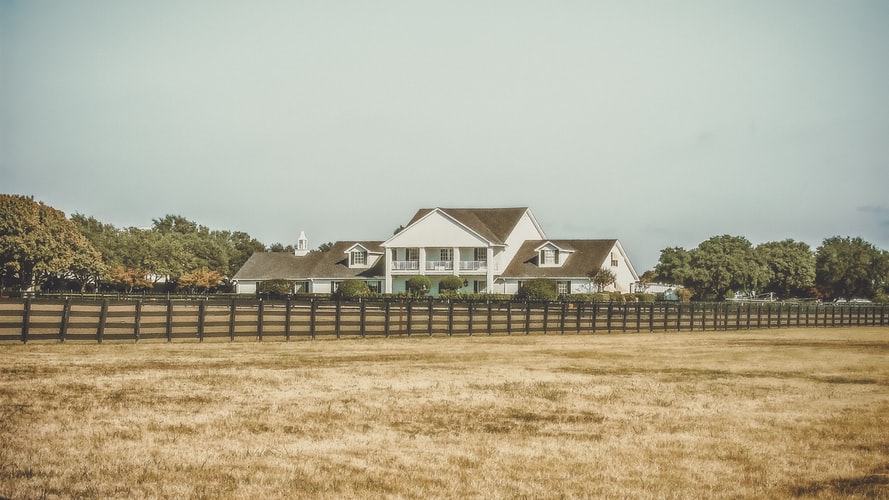How Summer Heat Affects Your Lawn and What to Do about it
How summer heat affects your lawn is complex. However, there are many simple solutions to maintaining your lawn during the summer.
Mowing
Understanding how summer heat affects your lawn begins with knowing mowing best practices. When and how you mow will have a huge impact on your lawn’s ability to withstand the summer heat. Here’s how to mow in the summer.
Set your blade at 4 inches
“Landscape designer Keith Williams of Nievera Williams Landscape Architecture’ Keeping grass a little longer in the heat of summer helps,” explains Williams. ‘The roots extend deeper into the earth, keeping weeds from coming up and competing for water. And because the turf is denser, it requires less water.’ Williams recommends a blade height of about 4 inches during the summer months.” — HGTV — Helping Grass Survive the Summer
Keep your blade sharpened
A dull blade will tear at your grass and leave it frayed and torn. Damaged grass has a more difficult time adjusting to the heat. It adversely affects the root system, which not only makes it more difficult to bring water up but allows weeds to prosper. If you’d like to learn more about mower maintenance, read this, How to Maintain Your Residential Lawn Mower.
Use a mulching blade
Mulching your lawn by using a mulching blade does much more than reduce or eliminate the need to rake your lawn. It helps your lawn survive the summer heat.
“Mulching helps to reduce the evaporation of water from the ground and keeps the soil cool, according to Roessler. He says grass clippings can contain up to 80% water and also provide many nutrients that are returned to the soil when mulched.” — Green Industry Pros Mowing & Maintenance Magazine
Mow in the early morning or late evening
Fresh cut grass is more exposed to the sun, which leaves it open to damage from the heat and ultraviolet rays. By mowing when the sun is not at its peak, you’ll help your grass.
Don’t mow as often
How often you should mow your lawn has many variables: Type of grass, soil, temperature, and rainfall. On average, grass grows about 1 inch every 3 to 5 days but can vary by conditions. For example, if you’re experiencing extreme drought, it might be best to stop mowing your lawn. During a typical summer in the Midwest, mowing every 5 to 7 days is a good rule of thumb.
Watering
Most types of grasses need about 1 inch of water a week. Therefore, it’s essential to know how and when to irrigate your lawn.
Don’t water in the middle of the day
“All irrigation should occur in early morning. Air temperature is usually coolest before sunrise. Afternoon or early evening irrigation locks heat in the soil. This puts tremendous stress on the roots. Late day applications of irrigation also promote disease like brown patch in tall fescue.” — Managing your lawn in summer — University of Nebraska–Lincoln Turfgrass Science Program |
Some people believe it’s a good idea to “cool” your lawn by watering it during the middle of the day. Although watering your lawn any time of day is better than not watering it at all, there is no advantage to afternoon watering. The water quickly evaporates during the heat peak, and much of it doesn’t reach the roots where it’s needed.
Note: Most brown lawns will come back with consistent morning watering, so don’t give up.
Limit foot traffic
Walking on stressed grass can damage it, exposing the grass to more to sun and heat. Contrary to what you might think, walking on wet grass is a bad idea. It can compact the soil, which challenges the roots.
How Summer Heat Affects Your Lawn Affects You!
By following the guidelines we’ve shared above, you and your lawn will both survive the summer heat and come out looking well-groomed, happy, and healthy.
Photo by K. Mitch Hodge on Unsplash
Go Back







